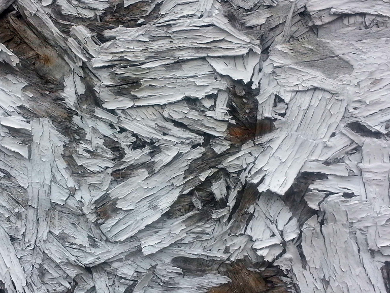Weathering, incineration, and recycling of manufactured products containing engineered nanomaterials release as-produced particles, along with other nanosized fragments that contribute to respiratory or toxicity effects.
To study these particle mixtures, Bernd Nowack, Swiss Federal Laboratories for Materials Science and Technology, St. Gallen, and colleagues cryomilled brittle materials. The resulting particles can be weathered or aged under controlled conditions using standard protocols. In a test case, nanosized pigment particles in a polypropylene matrix did not influence the size distribution of cryomilled fragments. These fragments were not in the inhalable size range, but they were suitable for ecotoxicological fate testing.
The cryomilled fragments are not identical to those encountered in real-world situations, but they are a good approximation, and can be produced in the hundred-gram quantities often needed for environmental studies. For elastic materials, the researchers scraped flakes of coatings from hard substrates or sanded the coatings while they were still on the substrates. A future publication will report on the sanding technique, which produces more particles in a smaller size range.
- Meeting the Needs for Released Nanomaterials Required for Further Testing—The SUN Approach,
Bernd Nowack, Alessio Boldrin, Alejandro Caballero, Steffen Foss Hansen, Fadri Gottschalk, Laura Heggelund, Michael Hennig, Aiga Mackevica, Hanna Maes, Jana Navratilova, Nicole Neubauer, Ruud Peters, Jerome Rose, Andreas Schäffer, Lorette Scifo, Stefan van Leeuwen, Frank von der Kammer, Wendel Wohlleben, Anne Wyrwoll, Danail Hristozov,
Environ. Sci. Technol. 2016.
DOI: 10.1021/acs.est.5b04472




